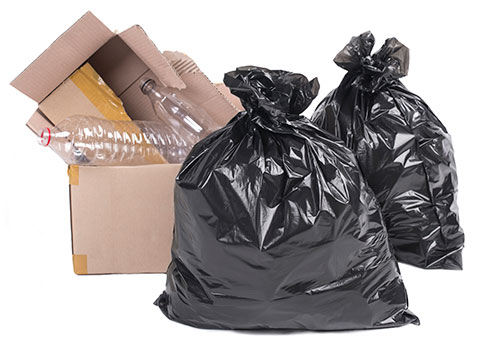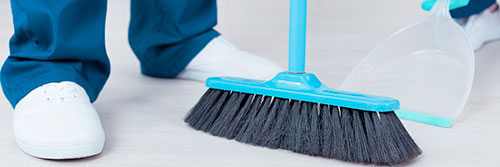Static discharge and dust formation in data centers can be extremely disastrous. This could lead to increase in temperature that could lead to overheating and flammability, corruption of data, system locks up, and permanent damage to the entire floor. Most data center owners will agree that a little dust every now and then is not “terrible”, but this really only applies to smaller to midsize enterprises AND if there is a prevention plan for more dust and static discharge to form.
Both static discharge and formation of dust in data centers may initially pose little to no threats, but if no prevention steps are placed, the dangers can increase tenfold.
There are multiple ways for ensuring that both static discharge and dust formation have little chance of appearing in a data center. These methods involve the correct flooring for the room, the avoidance of bringing outside materials into the data center, scheduled cleaning maintenances, and the use of humidification to not let the room get too dry.
How To Choose the Best Flooring
The floor of the data center should not contribute to static electricity in any way. Although there are computer-grade flooring, this may not adhere to one of the basic objectives in a 3-item checklist:
- The floor must not contribute static generation.
- It must be ground able after installed.
- The static resistant properties should be permanent regardless of temperature, humidity, maintenance, or traffic.
The better type of flooring that should be used is a static dissipative carpet. Although some believe this may be less effective than carbon loaded hard surface floors, these carpet tiles contain thousands of grounded static dissipative fibers that sweep off static from shoes. These special carbon fibers that are woven through the surface of the carpet helps dissipates the excess static build up, and removes any form of static as people walk through the data center.
Keep Non Data Center Materials Out!
It is highly recommended that construction of new servers and equipment should be assembled outside of the data center and only brought in when it is ready to be set up. This means that no cardboard, plastic, wood, or any other materials should ever enter the data center as a prevention step. Some data centers have built a dedicated area outside the data center where new equipment is removed from boxes/crates and assembled before coming in. This also extends to all foods and drinks!

Schedule Regular Cleaning Maintenances
Maintaining scheduled cleaning is the third important step in prevention of static discharge and dust formation. Having a cleaning service that specializes in cleaning data centers come at least twice a year is a great start, with additional visits if needed for the data center. If the cleaning takes great care of the equipment during the job, servers and other equipments will not generate dirt and dust, and influence effects of static discharge. If renting out a cleaning service is not within budget, monthly wipe downs with a damp rag and dust cleaning with a vacuum may suffice (depending on data center policy and building size).

Use Humidification for Cooling and Humidity Control
Adding moisture to the air in the data center will decrease static electricity from forming on the floor and equipment. The relative humidity, or RH, should sit around 50%, which is the sweet spot to eliminate static. This also helps the equipment in the room breathe better with the cooling effects of ultrasonic or vaporizing humidification to ensure that the machines are not overheating. Some data centers will use steam (or evaporative) humidification with their data centers, which is fine. However, the benefit in using cooling (or ultrasonic/vaporization) humidification is that it does not further overheat the servers and equipment (warm air blown into working systems), and use more electricity to run it.
For a complete guide to the differences between warm mist and cool mist humidification systems, check out our guide here: The Complete Guide to Warm Mist and Cool Mist Humidification Systems.
To learn more about if ultrasonic humidification is for your data center, be sure to reach out to our team at UltraPure Systems today. The ultrasonic humidifiers are perfect for enterprises, of any size, determine what is the best solution for when it comes to humidification and cooling for applications such as data centers, labs, hospitals, and humidors.
Reader Interactions